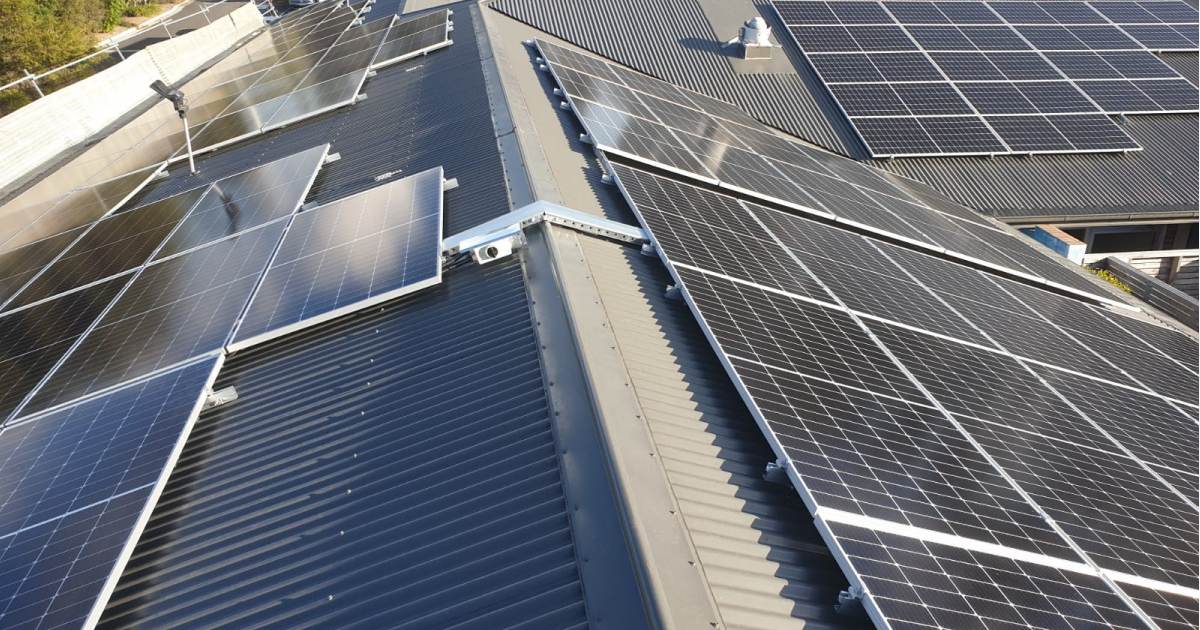
The Australian operations of a global healthcare provider’s solar power efforts to date have led to an impressive milestone, but some confusion on units of measurement.
Ramsay Australia has 73 private hospitals and day surgery units across the country and claims to be Australia’s largest private hospital operator.
The organisation says since its first solar system was installed in May last year as part of its sustainability program, it has surpassed “one million kilowatts (kw) of solar generated”.
Kilowatt Vs Kilowatt-Hours
It’s likely Ramsay Health Care means kilowatt-hours (kWh) rather than kilowatts (kW). A kilowatt-hour is a measure of energy and a kilowatt a measure of power. 1,000,000 kilowatts = 1 gigawatt – that would be a huge amount of capacity; much bigger than any solar farm in Australia either in operation or currently under construction.
But Ramsay isn’t Robinson Crusoe on this – many confuse the two units. You can learn more about the difference between power and energy here (and it’s a good thing to know).
Still, one million kilowatt-hours (or 1,000 megawatt-hours, or 1 gigawatt-hour) is also impressive. The average Australian household consumes around 18 kWh of electricity a day – approximately 6,570 kilowatt-hours per year. So, Ramsay’s tally would power the equivalent of around 152 homes for a year.
The one million kilowatt-hour milestone was achieved with installations at 11 sites, and another nine are expected to be generating solar electricity by the end of 2023. Among the installations already in place are arrays at Wangaratta (VIC) and Nowra (NSW) private hospitals.
As for how much solar power capacity is installed in total; back in June it was pegged at 2,660 kW (2.66 MW).
Going For Net Zero Globally
In June this year Ramsay Health Care announced it was committed to achieving net zero greenhouse gas emissions across its operation here and abroad by 2040.
“We know that a healthy planet is essential for healthy communities and moving towards Net Zero ensures that Ramsay remains true to our purpose of ‘people caring for people,” said the organisation’s Managing Director & CEO Craig McNally at the time.
In addition to switching to renewable energy sources, Ramsay will implement strategies to – among other things – maximise energy efficiency, reduce anaesthetic gas emissions[1.Ramsay says it will switch from desflurane, said to have 20 times the Global Warming Potential (GWP) of some alternative gases, and 3766 times the GWP of carbon dioxide], cut waste and boost recycling.
Here at home, the organisation has already made inroads on the energy efficiency front through upgrading to LED lighting
“So far 16 Ramsay sites have upgraded their lighting to more energy-efficient LED lights, with another 17 more sites currently in the process of upgrading,” said Ramsay Australia National Environment Manager, Sue Panuccio. “We expect the completed LED upgrades have saved more than 2,909 tonnes of CO2 emissions annually.”
Australia’s health care sector is a significant contributor to the nation’s greenhouse gas emissions footprint. As we reported previously, a bunch of leading local health organisations have collaborated on a plan to slash health-related carbon emissions that won’t just also save money, but improve patient care.

 RSS - Posts
RSS - Posts



Speak Your Mind